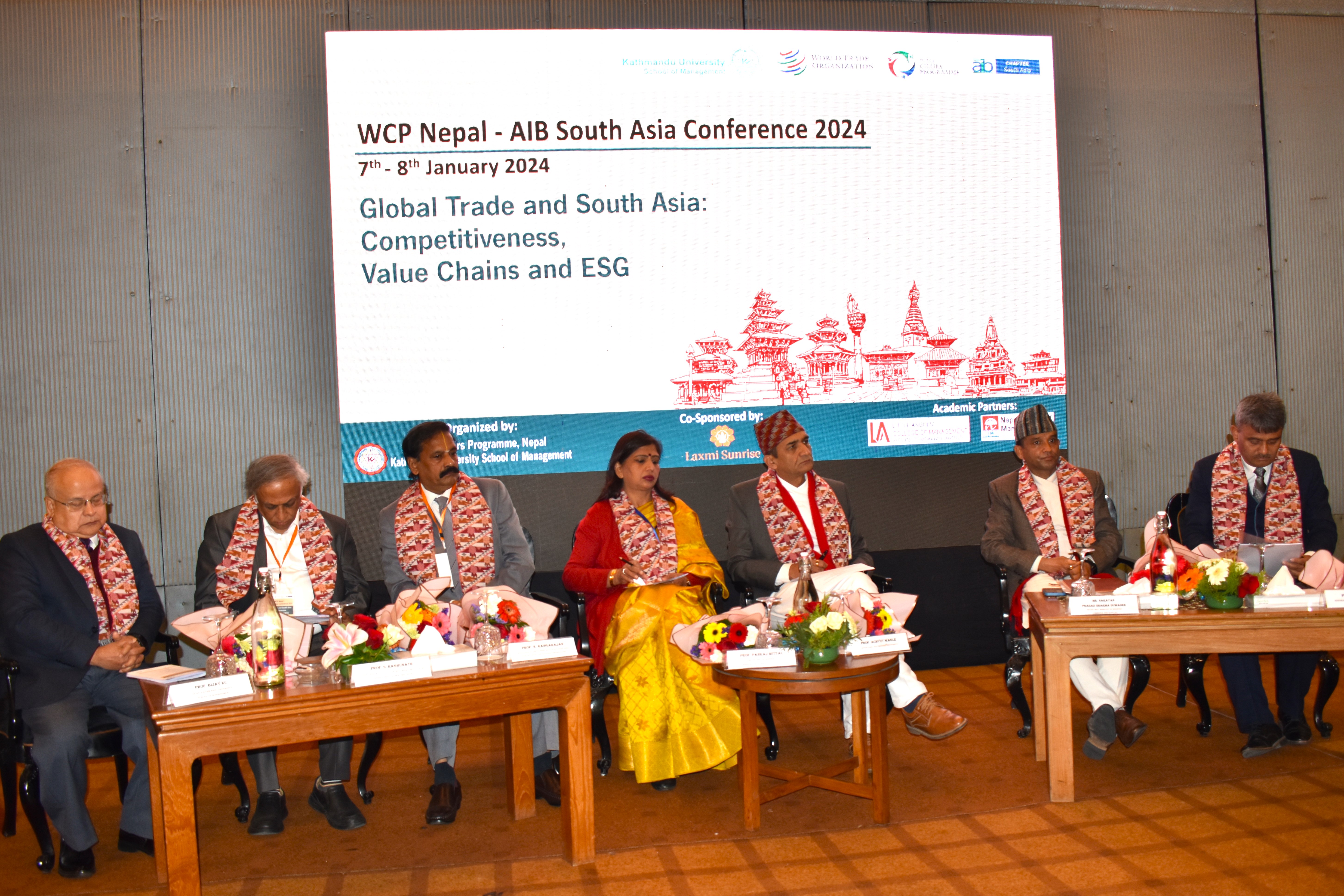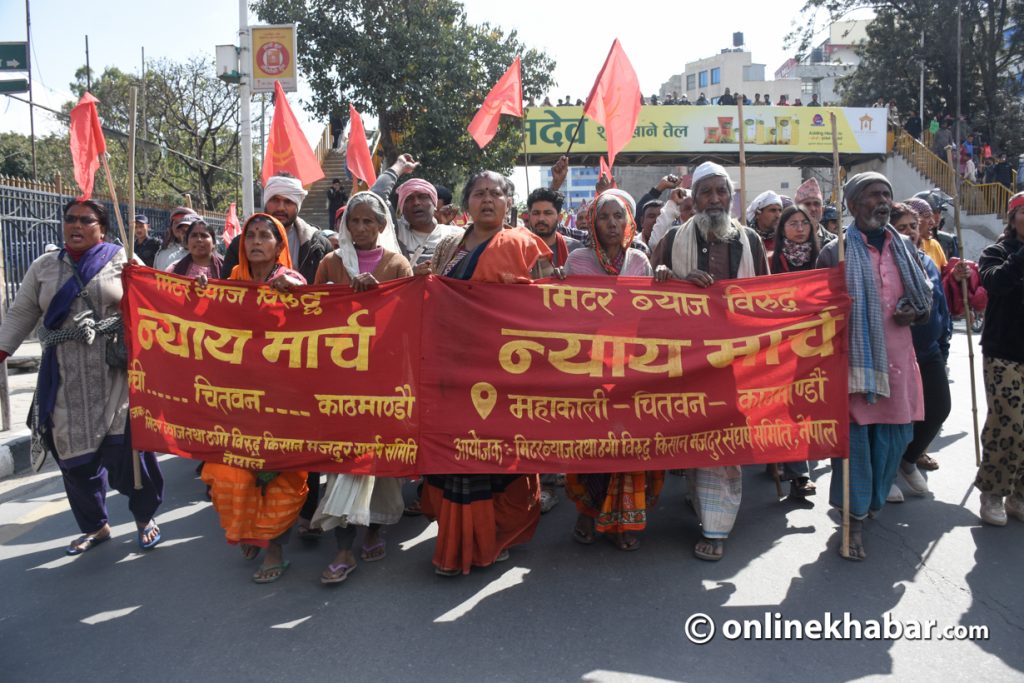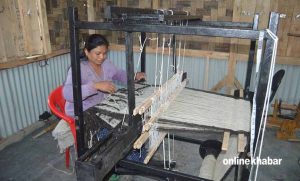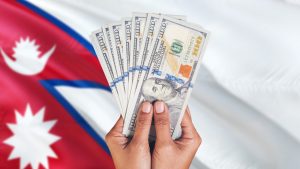
Kathmandu, January 8
A two-day WCP Nepal-AIB South Asia Conference 2024 kicked off in Kathmandu on Sunday.
More than 60 experts and participants from various countries gathered in Kathmandu to have comprehensive interactions on the theme of ‘Global Trade and South Asia: Competitiveness, Value Chains and ESG’.
Addressing the inaugural session of the WCP Nepal-AIB South Asia Conference, speakers have focused on capacity building of researchers, academicians and policy-makers to enhance trade competitiveness in the global market.
Achyut Wagle, Registrar of Kathmandu University and Chair of WCP-Nepal said South Asian countries needed to establish robust forward and backward linkages in the value chain of their products to reap benefits from global trade.
He said that Nepal has to make a dispassionate review of its membership in WTO examining what the country gets and loses and gains after it enters into the WTO regime. He stressed making changes in Nepal’s trade policy considering its upgradation from the Least Developed Countries in 2026.
S. Raghunath, Chair, AIB-SAC Executive Board, Indian Institute of Management, Bangalore, stressed on collaborative efforts of South Asian Countries for developing an effective value chain in global market.
The interdependence between countries of the region in the value chain calls for their collaborative efforts, he said. He emphasized on promotion of local products through innovation and utilisation of intellectual property rights.
Narayan Prasad Sharma Duwadi, Secretary of the Ministry of Industry, Commerce and Supply, said that the government will take the suggestions from the researchers and scholars positively and take initiatives to implement them to bridge the policy gaps seen to address Nepal’s high trade deficit.
He pointed out the need to solve the problems seen at the policy, structural and implementation levels to build a global supply chain and make Nepali goods competitive in the international market.
He said that Nepal is working strategically to manage various facilities that it will lose in the business sector after upgrading from a least developed country.
Ramprasad Subedi, Nepalese Ambassador to the United Nations Permanent Mission in Geneva, stressed diversifying production and markets to solve the problem of high trade deficit faced by Nepal and other South Asian countries.
As Nepal and Bangladesh in South Asia are being upgraded together from least developed countries, there are discussions at different levels in the United Nations for the continuation of zero customs, duty-free, and quota-free facilities in the field of trade even after their upgradation, he said.
Xiangchen Zhang, Deputy Director General of the WTO said that the Organisation is focusing on capacity enhancement in different sectors and levels to facilitate global trade.
Pointing to the context of recent changes in the scenario of world trade, he promised that initiatives would be taken for the continuation of facilities related to the trade of least developed countries.
He also said that the issue related to climate change and environmental risk reduction should be taken seriously by the world community.
Vice chancellor of Kathmandu University Professor Bhola Thapa said that small countries like Nepal had been significantly affected by the change in the dimensions of trade at the regional and the global level.
Thapa said that Nepal’s export side is very weak due to low production and therefore, it has not been able to take sufficient advantage of WTO facilities. He also expressed his belief that research and mutual discussion will contribute to better policy-making.
During the plenary session on Sunday, professors from national and international universities presented papers on different topics relating to reverse innovation, South Asian economies and trade in the region.
Professor at Northeastern University, Ravi Ramamurti presented his paper on ‘Reverse Innovation: From India to the World’ where he explained how emerging markets are helping to innovate and produce goods that are affordable and inclusivity that developed countries also can use.
According to Ramamurti, innovations trickle up from developing countries and innovations trickle down from developed to developing countries.
Professor at Aston University, Surendra Munjal presented his paper on ‘How is South Asia doing and where it is heading?’. Munjal through his research paper provided important insights regarding the economic potential of the region.
Citing that SAARC has become less effective due to political obligation, Munjal said that BIMSTEC has come up with strategic plans that will help in the overall development of member countries and regions.
“South Asian region is a big market for investment. With more mutual co-ordinations, the region can increase the GDP contribution in global GDP,” Munjal said.
According to Munjal, the South Asia region’s GDP is USD 4.5 trillion which is 4.2 percent of global GDP. The region has a decent growth rate of 5.3 per cent.
























